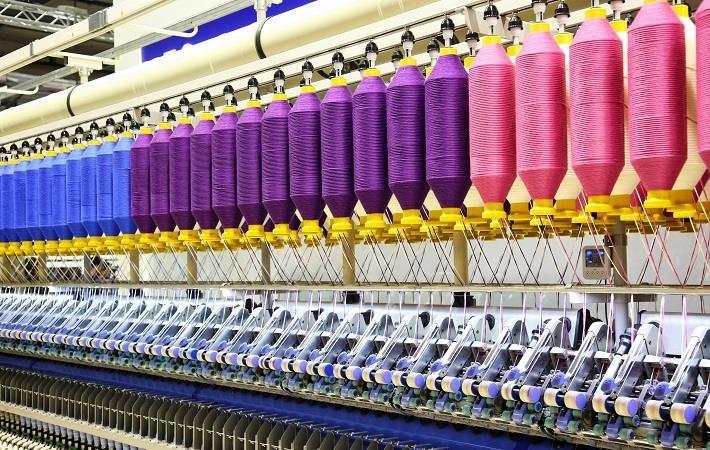Textile production is one of the most destructive industries that affect the environment. It is due to the damage that the cotton crops and synthetic fiber production produce. The methods of manufacturing and dying are also obsolete.
Now, consumers are smarter in choosing the clothes they wear and this has forced the textile industry to change their ways and resort to new technologies.
Food Products are Now Wearable
Your food commodities like milk, tea, and coffee have found a way into your clothes. This is the textile industry’s way of finding a more humble and sustainable fashion that will not destroy the environment.
Coffee beans have been used by a clothing company called Virus in their Stay Warmline of clothing. And tea can now be made into vegetable leather and fabric as well. Milk has been incorporated to make an Eco Milk Fiber, which displays superior strength, absorbent, comfortable, and can easily be dyed.
Air-Dying
Air-dying works by heating the dye and transferring it onto paper and then to the fabric. This technology allows companies to save 75 gallons of water in dying just a pound of fabric. It saves energy and produces no harmful by-products. Plenty of designers are now using this technological trend.
Digital Printing on Fabrics
This technology involves digital printers that produce prints applied directly onto fabrics.
It helps to reduce the consumption of water by 95% and even minimizes textile wastes produce by traditional printing methods.
Plastics Reinvented
Plastic bottles as well as beer bottles are now being upcycled and broken down into particles, melted and pressed into fibers. The fabric that is produced from this technology is often mixed with other fabrics like cotton to make denim. The material is soft and durable and very comfortable.
Bio-Filtering
The Bio-filtering of wastewater from textile removes the most toxic wastes contained in them.
These stubborn organic compounds are broken down through ozone treatment before the bio-filtering technique is applied.
This technology uses microorganisms growing in aggregates to break down organic wastes that are present in the wastewater. The wastewater is then poured over the microorganisms, which then processes the pollutants. The microorganisms are able to survive in these environments without ever reproducing, so it results in about 80% less sludge.
Bottom Line
The environment is a fragile thing and it is on the brink of destruction. We should double our efforts to protect and renew it for future generations. Even the textile industry is making an effort to reduce, if not eliminate the toxic wastes it produces. And wouldn’t you like to live in a world with fresh air, clean waters and green foliage? This should be our goal.
